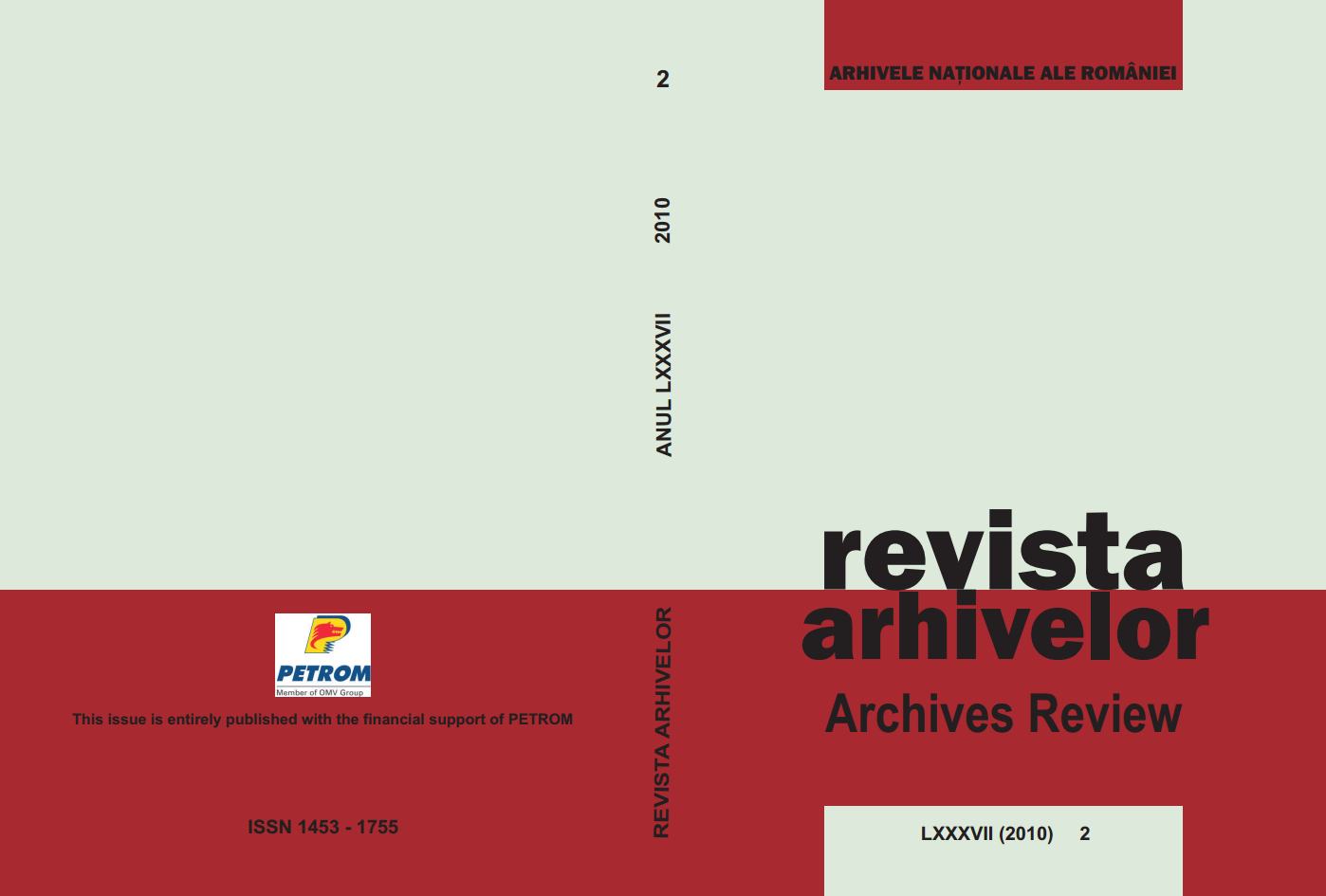
We kindly inform you that, as long as the subject affiliation of our 300.000+ articles is in progress, you might get unsufficient or no results on your third level or second level search. In this case, please broaden your search criteria.

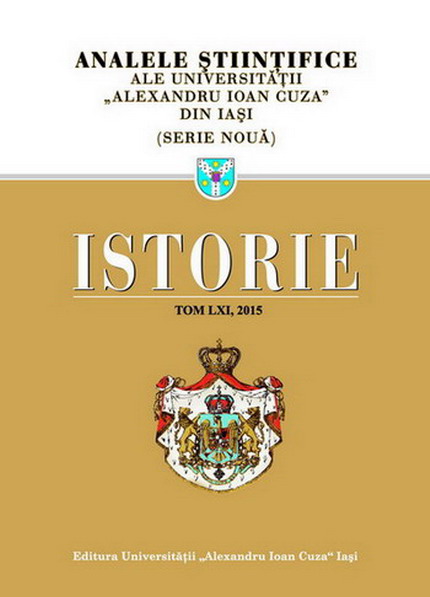
This research is a development of a previous one, in which I foresaw the possibility of enlarging genealogical perspective and a new way of entering the world of merchants of Iasi from the 17th and 18th century. Since then I noted that Coste Papafil, an active character in the political and economic life of Iasi from the second half of the 18th century, who got related, through marriage to a daughter of merchant Lupaşco Tuduri, with an old family of grocery merchants, whose first member can be identified in the second half of the 17th century. If when I insisted on Coste Papafil we focused on the merchants who brought to Moldova goods from the fair in Liepzig, from Central Europe, whose type of merchandise better reflects the economic repositioning that will take place in the second half of the 18th century, this time we will bring forward the grocery merchants who brought goods from the Orient. On first impression, the economic environment outlined at the beginning of the study, characterized by an emphasis on the inclusion of this area in the Ottoman economic system, seems to have been favorable to some categories of merchants specialized in trading oriental goods among them finding the grocers.Regarding the documentary sources used, since these are merchants of Iasi, we used the ten volumes of documents on the history of Iaşi published by Ioan Caproşu. Then, to these documents were added a number of unedited documents, which are kept in the funds Documents and Mitropolia Moldovei from the Archives of Iasi and also several acts regarding Documents from the Romanian Academy Library in Bucharest.
More...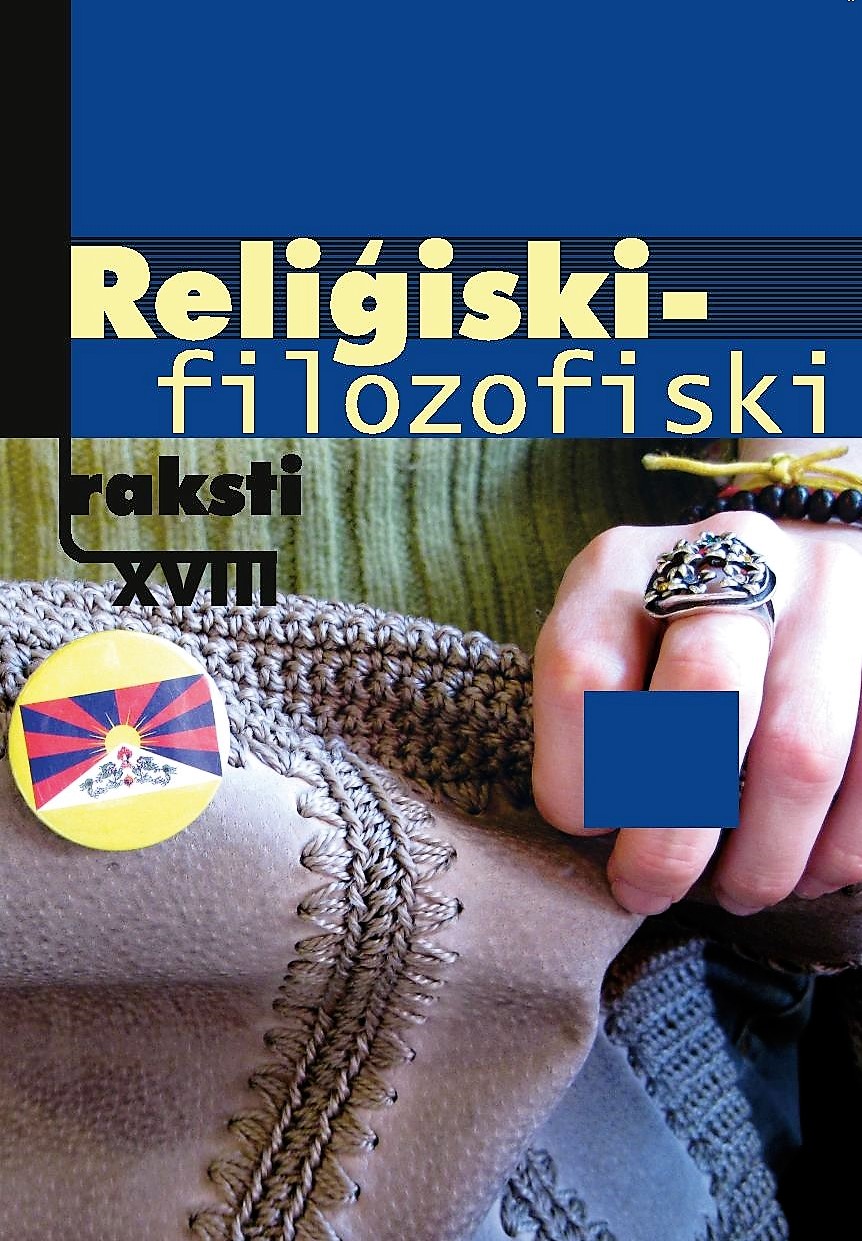
Members of contemporary western societies may on paper be born into their parents’ religion, but this no longer determines their later ideological and community commitment. Individual freedom of choice is clearly present in the realm of religion. Still, religious background undoubtedly affects children in modern societies. Kids of Catholic, Protestant, or Jewish parents will even today most likely be Catholics, Protestants, or Jews – if they will be religious at all. But by what type of religiosity can these young people be characterised? Or are there more types? We examined this question by secondary analysis of two public international data bases from 2008 (International Social Survey Programme and Youth 2008). Two approaches to religion is analysed, using a new typology introduced by Charles Taylor (“seekers” vs. “dwellers”).
More...
Lebanese students are inevitably involved in religious issues just because they live in a country with confessionalism as the system of government. As young people try to marry, find jobs, and join political parties in this setting, they discover that their opportunities and choices depend on their religious identities. In this case, religion is intertwined with politics, and both enter people’s private lives with car explosions, marriage restrictions, and fighting in the streets. To understand problems that students encounter and discuss in Lebanon, it is necessary to shortly describe the current situation in the country and mention some most controversial topics that lead to nationwide debates and even violence; however, a comprehensive account would be beyond the scope of this little study. This article was an attempt to describe the situation as impartially as possible using various sources, mainly newspapers, blogs, and articles found on the Internet. Definitely, many of these publications contain partisan views; nevertheless, they are all genuine opinions of some Lebanese, so they help the reader to imagine the eclectic environment and highly-charged atmosphere of Lebanon.
More...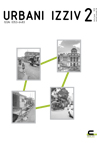
Raziskava se osredotoča na možnost uporabe analize alternativnih prihodnosti in scenarijev pri krajinskem načrtovanju v obdobju podnebnih sprememb, kar bi zagotovilo širši pogled in poglobljeno razumevanje tega pristopa ter s tem njegovo boljšo in učinkovitejšo uporabo v prihodnosti. Raziskava vključuje pregled literature in analizo praktičnih projektov, ki so se v zadnjih letih izvajali po svetu. Poleg tega je avtor med marcem in septembrom 2014 opravil elektronsko anketo, v kateri je preučeval vidike uporabe tega pristopa v povezavi z vplivi podnebnih sprememb. Anketiranci so bili izkušeni raziskovalci iz 18 držav, ki so od leta 2000 sodelovali pri vsaj enem praktičnem projektu, povezanem s preučevano temo. Po analizi več kot 40 praktičnih projektov so bili v analizo vključeni tudi rezultati ankete, s čimer je avtor dobil celostno sliko potencialov in omejitev analize alternativnih prihodnosti in scenarijev pri krajinskem načrtovanju s posebnim poudarkom na podnebnih spremembah. Izsledki potrjujejo, da ta metoda spada med najučinkovitejše pristope odločanja, ki se uporabljajo za sprejemanje krajinske politike na območjih, na katerih se pokrajina hitro spreminja pod pritiskom urbanizacije in podnebnih sprememb. Kljub temu obstaja vrzel med napredkom, ki ga ta pristop omogoča na različnih ravneh, in kompleksnostjo vzorcev, negotovosti in pretresov v pokrajini zaradi vplivov podnebnih sprememb v urbanizirajočem svetu. Raziskava kaže, da obravnavani pristop odločevalcem ponuja veliko priložnost, da razširijo svoj pogled in sprejmejo ustrezno krajinsko politiko, še preden z vidika trajnostnega razvoja dosežejo točko, s katere ni več vrnitve. Pri uporabi analize alternativnih prihodnosti in scenarijev za zamišljanje pokrajin, na katere vplivajo podnebne spremembe in urbanizacija, naletimo tudi na določene težave in ovire, ki jih je treba odpraviti. Čeprav je raziskava bolj informativne narave, odpira nova vprašanja o tem pristopu in njegovi uporabi v prihodnosti in daje podlago nadaljnjim raziskavam.
More...
This study focuses on the feasibility of applying alternative futures and scenario analysis in landscape planning during climate change to provide a wider perspective and deeper understanding of this approach for better use and more effective application in the future. The study consists of a literature review and an analysis of recent applied projects carried out worldwide. In addition, an electronic survey was conducted from March to September 2014 to examine viewpoints on the use and application of this approach with reference to climate-change impacts. The survey participants were a group of highly experienced researchers from eighteen countries involved in at least one applied project since 2000 relating to this topic. After analysis of more than forty applied projects, the survey results were incorporated into the analysis to create a comprehensive picture regarding the potentials and limitations of alternative futures and scenario analysis in landscape planning with particular attention to climate change. The findings show that this method is one of the most effective decision-making approaches for adopting landscape policies where landscapes change rapidly under the pressure of urbanisation and climate change. Nevertheless, there is a gap between the advances offered by the approach in various dimensions and the complexity of patterns, uncertainties and upheavals in landscapes due to climate-change impacts in the urbanising world. The research indicates that the approach opens up a great opportunity for decision-makers to expand their perspective and adopt appropriate landscape policies before reaching a point of no return from the sustainability point of view. Meanwhile, there are challenges and barriers in the application of alternative futures and scenario analysis for envisioning the landscapes influenced by climate change and urbanisation that should be pushed back. Although informative, this research raises new questions about this approach and its applications in the future, providing a basis for further research.
More...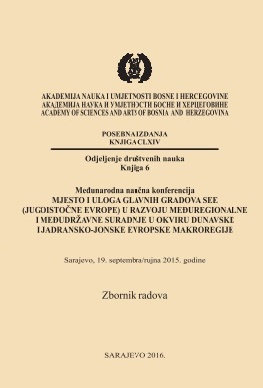
Rapid urbanization in all parts of the world has contributed to the fact that today more than 50% of the world population lives in cities. In the area of the Danube and the Adriatic-Ionian European macro-region we should expect the continuation of the process of further urbanization and population concentration. We can also expect continuation of littoralization. The increasing concentration of population ultimately raises the question of improving the quality of life in cities, as well as the question of their effectiveness in all dimensions. The rapid technological advances, particularly the development of computerization and telecommunications, offer new connectivity options, specialization and cooperation between cities through the concept of creating polycentric metropolitan regions and the concept of smart city. Since the cities have the role of drivers of development, in countries in the area of the Danube and Adriatic-Ionian European macro-region, it is possible to achieve broader development effects in the entire observed area through cooperation and smart specialization. To achieve this, it is necessary to actively promote the concept of globalization thinking, local action and regional planning.
More...
The city of Zagreb is the largest city in Croatia and its capital. It has the same powers as other cities, including the powers of a capital and the powers of a county. Within the reforms of 2005, cities with more than 35,000 inhabitants (17) were given the status of a major city, and were given the same powers as all county seats. Since 2001, the so-called decentralized functions were taken by 33 cities. Forms of institutional strengthening of cities include widening their functions and financial capacity, strengthening their autonomy and focus on the economic development. Previous changes have not significantly strengthened the capacity of Croatian cities for development and regional cooperation. Even the larger cities are focused on their internal problems, while cooperation at regional level is not very prominent. Only strong units with considerable capacities develop more meaningful cooperative ambitions, including regional cooperation. It is necessary to redefine the territorial structure, wherein we can observe between 120 and 140 possible urban centers of varying size and importance. So far, only Zagreb - despite its governance problems - because of its size and power has the capacity to cooperate with other cities in the region and in Europe in general.
More...
Regional integration is one of the very important issues for the development of Bosnia and Herzegovina. Narrowing of spatial development initiatives to the transport dimension alone not only fails to contribute to regional development, but blurs it. If this is the mode of action, it brings into question the viability of the transport corridor itself.This article seeks to highlight the importance of transformation of the transport corridor Vc into a development corridor. Emphasis is particularly placed on the question whether there can be sufficient movement of goods and services for the Corridor Vc to be considered a potential development corridor. Following such approach, Sarajevo and Budapest can initiate cooperation in terms of development of the transport corridor (road and rail) into a logistics corridor, then trade, economic and finally development corridor.
More...
This paper analyzes the city of Sarajevo as the focal point of the development of spatial plan¬ning. Thanks to its functions, the city of Sarajevo has, as often stressed, a focal significance in spatial planning. With the development of different branches of production activities, pri¬marily industry and the production of handicrafts, cities organize the production of a variety of goods, not only within their borders but also in the wider surrounding area. A city is a specific form of human population whose size maintains the meaning of its functions in the area. In accordance with the socio-economic and other factors of development, the forms and dynamics of spatial planning of cities are different. In the city of Sarajevo, there are all the basic functions of human life (living in the community, working, supplying oneself, educat¬ing oneself, having leisure activities, and transport and communications) which affects the rapid changes in the appearance, structure and functions of spatial components. Based on the above facts, it can be seen that the area of influence of the city of Sarajevo can be differenti¬ated into zones of varying degrees of socio-economic transformation and zones of functional connections with the city. This question is given a high priority in the world, as evidenced by the large number of scientific papers. In this paper, the attention will be devoted to the development as the focal point of regional planning of Sarajevo and its surroundings. Spatial planning is one of the most important contemporary features of the world. Space manage¬ment makes it an essential element of rational and humane use of space and organization of vital functions, adjusting the planning with technical and technological development as a phenomenon of our times and the necessities of life of the population. Spatial planning is carried out on the basis of spatial and urban planning.This kind of spatial planning is the result of pronounced differences in development and lifestyle between cities and villages, hence there is the intense migration of population from rural areas to the city of Sarajevo. The increase in urban population ranges mostly within the dynamics of growth of the total population. The focus of spatial planning in terms of concen¬tration of population, jobs and housing developments is moved to the edges and the suburban areas of Sarajevo. There also occur changes in the structure of population and degree of urbanization of Sarajevo from year to year. This primarily relates to the separation of urban settlements. It was therefore necessary to allocate these places according to the model which gives a more realistic picture of the number of urban settlements and the share of the urban population.
More...
Sustainable development of cities includes three main aspects: environmental, economic and social sustainability in the long run. To achieve these objectives, it is necessary to have an integrated strategic approach to the planning of city development. Integrated city develop¬ment in the broadest sense implies a holistic rather than sectoral approach to the planning of the development of the city, which includes all important economic, infrastructural, social and other sectors and various interests. Close to 70% of the population of the EU lives in cit¬ies, and 59% of the EU population lives in the metropolitan areas which employ 62% of the working population. The cities account for more than 2/3 of the total GDP of the European Union. That is why the economic development of the European Union in the future is es¬sentially conditioned by the development of cities, and only in partnership with the cities can European Union achieve its economic, social and political objectives. Cities are the driving force of economic development, inventiveness and creativity, but are also the hardest hit by the problems of unemployment, poverty, segregation and pollution of the environment.The European Union has recognized that the various economic, environmental, climatic, so-cial and demographic challenges faced by the cities in the European region are closely linked and that in this respect it is necessary to take appropriate political and economic measures, using an integrated approach, in order to address these issues and challenges. In order to ensure integrated and sustainable development of cities, the European Union’s “Europe 2020 Strategy” as one of its goals defines facilitating education, economic development, social integration and environmental protection in cities. The aim of the EU cohesion policy in the period 2014-2020 is actually the adoption of integrated strategies for sustainable urban de¬velopment, in order to enhance the synergy of local authorities, or potential investors with the resources allocated by European funds. The Western Balkan countries are at different stages of integration into the European Union. From this standpoint, the cities of Western Balkan countries have a different position with respect to the possibility of using European funds. Despite that, “Europe 2020 Strategy” provides an opportunity to all Western Balkan coun¬tries to use different funds and strive for sustainable economic development of their cities.Key words: European Union; EU; cities: sustainable development; Western Balkans
More...
This analysis is to explain the effects of urbanization processes that took place in 1990 in some countries of Southeast Europe. Namely, it is necessary to examine whether the position of capitals in emerging countries has changed in comparison to the time when these cities were the “first” cities - the largest cities and administrative centers of individual republics within Yugoslavia. The analysis will be conducted at several cross sections: 1953, 1961, 1971, 1981, 1990, 2011 and 2013, depending on the availability of data. The analysis is done in a way that the population of the first and the second city is placed in relation to the population of each of the six former republics, ie. present time states. Results obtained by extrapolation of census results made in Socialist Federative Republic of Yugoslavia in the period from 1953 to 1991, and the censuses done in 2003, 2011 and 2013, will be compared to empirical checks for some European cities and cities in developing countries (Todaro and Smith, 2006: 308), with the aim of establishing harmonization. For the purposes of this paper, analysis covered the issue of unemployment, or whether the observed cities faced the problem of urban unemployment.
More...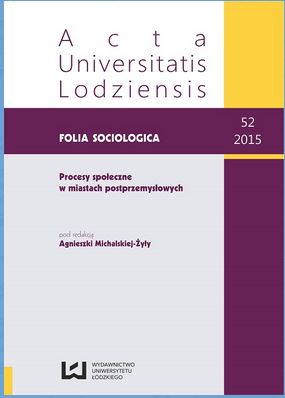
The article addresses the problem of restoring industrial functions policy in the cities of developed capitalism. Since the 1970s of the 20th century change from the Fordist to the post-Fordist mode of production, globalisation and new international labor division have resulted in a de-industrialisation process that occurred in the cities of developed countries. Industrial decline caused a numerous crisis of urban areas. Overcoming this crisis should be considered as a process in which local economic systems adapt to challenges of global competition on the international market of locations. Facing these challenges leads to the development of new forms of economic organisation that are characteristic of cognitive-cultural capitalism with its paradigm of flexible accumulation and competitive advantage through creativity and innovation. In this context re-industrialisation and neo-industrialisation become the key elements in the strategies for urban development. The article discusses the ideological aspects of the industrialisation policy. Particular attention is paid to the question of “clustering policy” as a tool for stimulating economic growth. Particular negative consequences of industrial development policy are also presented.
More...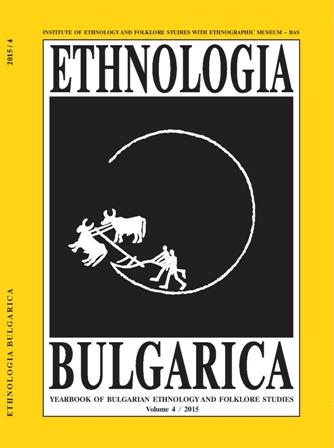
This paper presents a study of the formation and transformation of subcultural group identity in postsocialist Bulgaria. A number of stylistic orientations are presented (punk, hardcore, skinhead, casual), along with related ideological dispositions (‘extreme left’, ‘extreme right’, apolitical). Both paint a real picture of the development of these youth movements as being bound to a distinct class background and to a specific form of opposing the dominant culture. The maintenance of subcultural identity is related to several compulsory prerequisites: clothes, music, presence in a defined real or virtual space, and the practising of specific activities (having tattoos, attending concerts and/or football games, and participating in street protests). The current field material is based on participant observation in the groups carried out in Plovdiv between January and October 2012. In addition, the author discusses some of the prejudices connected to the distinctiveness of these subgroups, whose access to work and education is dif¬ficult. The study is part of the project ‘Youth Subcultures in Postsocialist Bulgaria’, financed by the National Science Fund’s ‘Young Scholars – 2011’ competition.
More...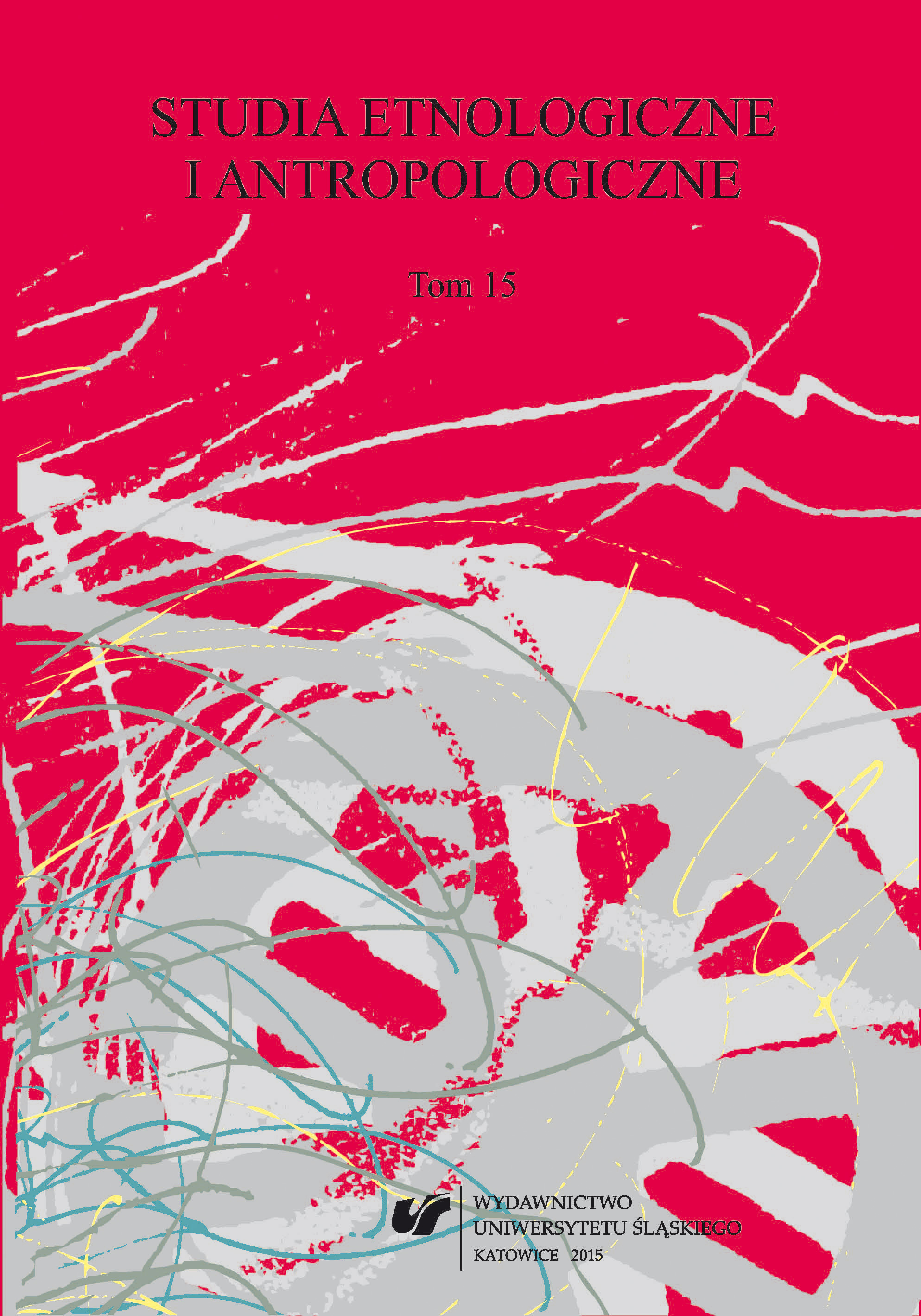
Open public spaces (including streets, squares and parks) are common property of residents. They are, however, within the scope of city councils which, by means of laws, decide who and how can use them. The main user of this space is the city, that is the city council, which either organizes or co-organizes most mass events. Their main features (the article only discusses ludic events) are: regularity, organization, predictability and order. These enents are “proper” in every respect. On the other hand, some groups of city dwellers, particularly young people (secondary school pupils, students, and “skaters”) want to entertain themselves in public urban spaces according to their preferances. Their activities are most frequently chaotic, improvised and even anarchist. They are anything but “proper”. This breeds conflicts between these goals and the authorities represented by city wardens and the police. The conflict: city authorities versus tourists and locals, participating in wild and often obscene “displays” in the public spaces of Krakow, is even more drastic. On the one hand, the conflicts described in the article allow us to show the forms and ways of dramatization of urban space. On the other hand, they are an obvious proof of unrelenting fight of the antagonists: city authorities, who consider themselves monopolists — sole proprietors of public space, and different groups of residents, as well as tourists overtly expressing their conviction that this space belongs to everybody and that any usurpations are civil rights violations. Whichever approach we take, it has to be said that the conflict is both structural (it arises from different aims and convictions of the participating groups) and permanent (it escalates and wanes, but always exists).
More...
The present paper concerns the performances held in open urban spaces, in places not designed as exhibition or theatre space. This creates new possibilities of use and transformation; the space may serve a new purpose. I am particularly interested in “busking”, a kind of street performance that is overtly commercial. For many, it is fun, for others a temporary way to earn a living, and also to become known as an artist. Contemporary “busking” continues the traditions of old fair shows and folk performances, which involved singing, showing tricks, dancing, juggling and other skills or animal training.
More...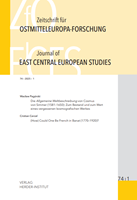
Review of: City of Modernity. Łódź. Hrsg. von Katarzyna Badowska, Tomasz Cieślak, Krystyna Pietrych und Krystyna Radziszewska. (Studien zur Multikulturalität, Bd. 6.) Harrassowitz Verlag. Wiesbaden 2023. 566 S. ISBN 978-3-447-12026-5. (€ 98,–.).City of Modernity. Łódź. Hrsg. von Katarzyna Badowska, Tomasz Cieślak, Krystyna Pietrych und Krystyna Radziszewska. (Studien zur Multikulturalität, Bd. 6.) Harrassowitz Verlag. Wiesbaden 2023. 566 S. ISBN 978-3-447-12026-5. (€ 98,–.).
More...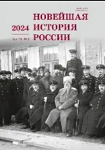
The article is devoted to one of the manifestations of deviant behavior in Belarusian Soviet cities in the 1950s–1960s. During the Khrushchev “thaw” there was a significant increase in hooliganism. The reasons for this phenomenon were, first of all, the rapid urbanization caused by the large-scale industrialization of Soviet Belarus during this period. The heavy demographic consequences of the Great Patriotic War, as well as Stalin’s repressive policy during almost the whole post-war decade also played an important role. The hooligans themselves, most of whom were young members of the working class, justified their behavior with primitive propaganda clichés about social superiority which gave rise to a sense of permissiveness and impunity. During the “thaw” years, the authorities, which for a long time did not see hooliganism as a serious threat, undertook a series of legal and educational measures to curb it. However, the state policy to combat hooliganism was inconsistent and ineffective. Hooligans remained an integral part of everyday life in Belarusian cities even during the “stagnation”. The article shows the legislative initiatives of the authorities to curb hooliganism, in particular the decree of the Soviet Belarus Supreme Soviet of December 30, 1956 on responsibility for hooliganism; the division of hooligans in the 1960 Soviet Belarus Criminal Code into “bad” and “small” with the transfer of the cases of the latter to the comrades’ courts; and the decree of the USSR Supreme Soviet of July 26, 1966 “On increasing responsibility for hooliganism”. Particular attention is paid to the extent and forms of hooliganism in urban societies, the degree of its public danger, as well as forms of public counteraction to this phenomenon in the form of voluntary people’s squad.
More...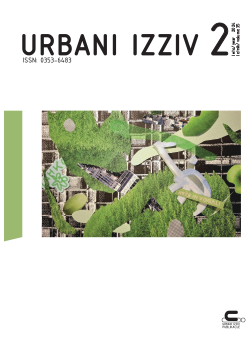
The literature on urban planning and spatial planning increasingly emphasizes the need for a more thorough analysis of the impact of pandemics on urban spatial policymaking. This article identifies critical proposals for change regarding urban spatial policies that emerged after the COVID-19 pandemic and relates these to literature on spatial planning. The focus was on two issues directly relevant to this topic: urban spatial planning and environmental protection. The use of the analytical-comparative method, preceded by a literature review, allowed a preliminary characterization of the selected works. The following research questions were posed: 1) What critical spatial planning topics have been addressed in discussion of the pandemic? and 2) Have publications on both the pandemic and urban planning made a vital contribution to the broader discussion on institutional aspects of urban planning? An important conclusion is that the COVID-19 pandemic has revealed the consequences of ignoring theoretical findings in public policymaking, which can lead to social and environmental inequalities on a global scale, and differences in pandemic restrictions across political and social systems.
More...
The literature on urban planning and spatial planning increasingly emphasizes the need for a more thorough analysis of the impact of pandemics on urban spatial policymaking. This article identifies critical proposals for change regarding urban spatial policies that emerged after the COVID-19 pandemic and relates these to literature on spatial planning. The focus was on two issues directly relevant to this topic: urban spatial planning and environmental protection. The use of the analytical-comparative method, preceded by a literature review, allowed a preliminary characterization of the selected works. The following research questions were posed: 1) What critical spatial planning topics have been addressed in discussion of the pandemic? and 2) Have publications on both the pandemic and urban planning made a vital contribution to the broader discussion on institutional aspects of urban planning? An important conclusion is that the COVID-19 pandemic has revealed the consequences of ignoring theoretical findings in public policymaking, which can lead to social and environmental inequalities on a global scale, and differences in pandemic restrictions across political and social systems.
More...